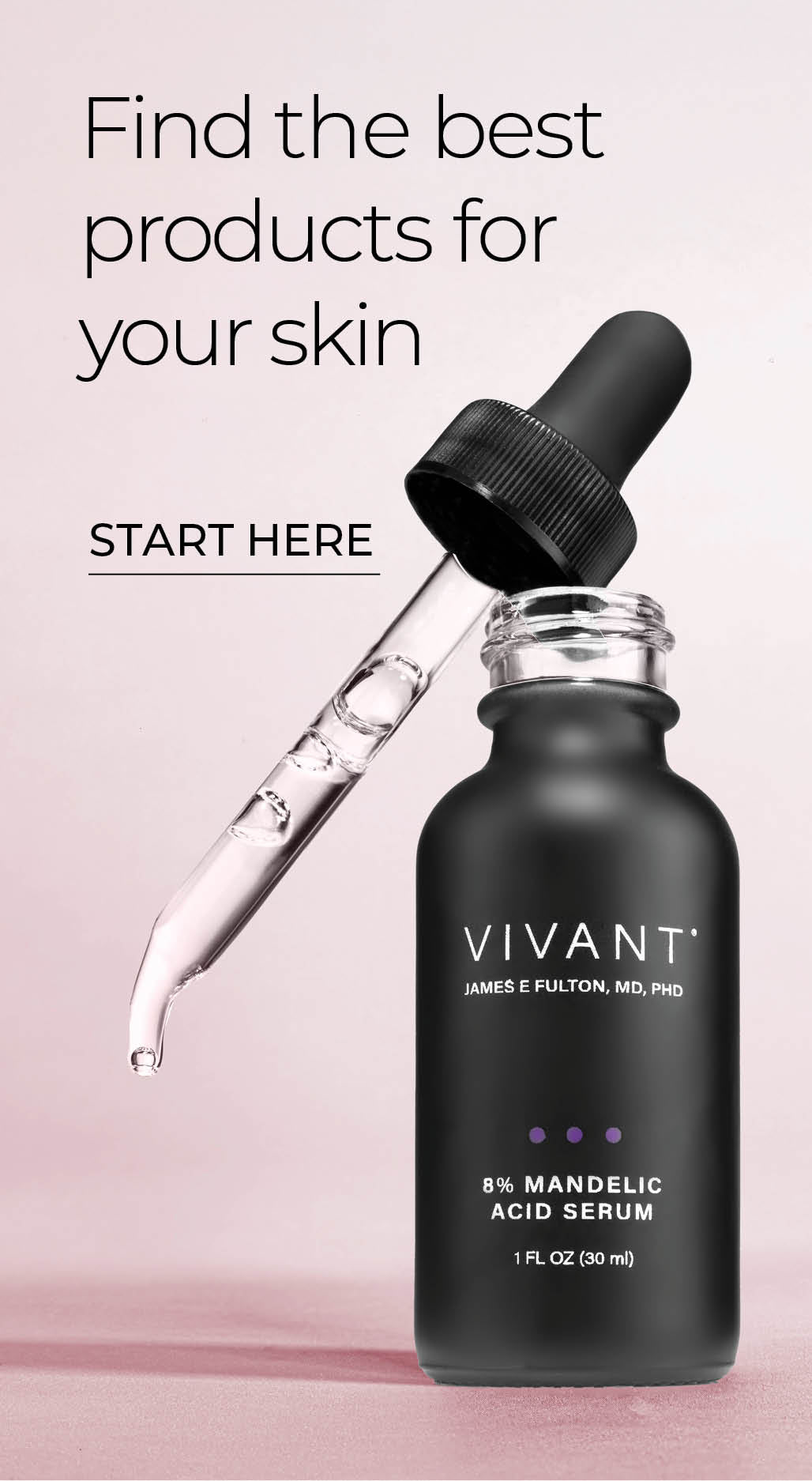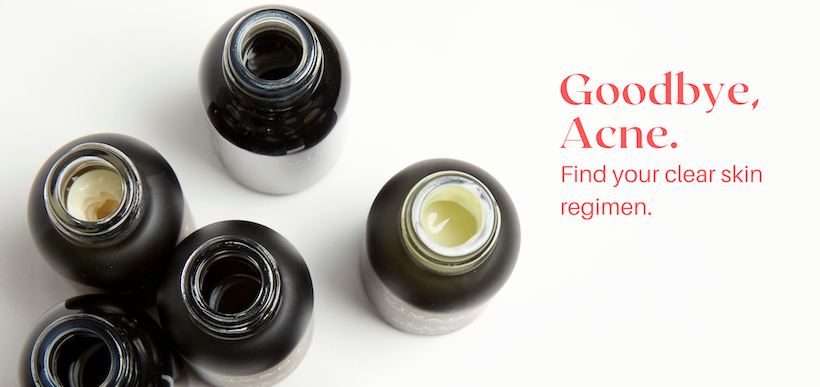Why is Your Dark Skin More Prone to Hyperpigmentation?

Although everyone has roughly the same number of melanocytes (the basal cells at the deepest part of the epidermis that produce melanin), the quantity and size of melanosomes (melanin transporters) and melanin particles produced can differ immensely. Hence, the beautiful diversity of skin tones in the human race.
In dark skin tones, melanosomes are larger and more numerous, which provides more natural protection from UV—an average UVB protective factor of 13 compared to a factor of three in light skin. That added protection brings some advantages in terms of slower visible aging, but it creates some unique challenges to keeping an even tone because the greater concentration and larger size of melanosomes mean that when melanocytes get triggered, the flare is bigger and takes longer to fade.
And it’s not just UV radiation that triggers melanocytes. The overproduction of pigment is skin’s protective reaction to inflammation caused by many things including chemical exposure, heat, cuts and bruises, hair removal, acne scarring, smoking, and sometimes even from certain skin care treatments.
So what can you do to protect your tone?
Use sunscreen to avoid overstimulating melanocytes and protect against cellular damage. Use it daily, even if you aren’t spending time in the sun. And don’t forget areas like the hands, décolletage, and forearms that are regularly exposed.
Make antioxidants part of your routine, both in the form of skin care and in your diet. Antioxidants like vitamins A, C, and E are potent free-radical fighters that boost skin’s natural defenses and repair UV damage.
Incorporate acids. Alpha hydroxy acids exfoliate the top layers of skin to lift excess pigment. But some can be irritating. Mandelic acid has a larger molecular structure, which slows its absorption into the skin and reduces the risk of an inflammatory response. It’s also a natural brightener and anti-bacterial making it ideal for acne-prone as well as hyperpigmentation-prone skin. Lactic acid is another good choice, especially for more sensitive skin. It’s a gently exfoliating brightener with humectant properties to pull moisture into the skin. Both will aid the permeability of other transformative ingredients. Acids combined with cell regenerating vitamin A (retinoids) can be particularly effective.
Interrupt the process with melanin inhibitors like hydroquinone, kojic acid, vitamin C, and niacinamide.
Chemical peels can help to remove the upper layers of dead skin and generate healthy new skin. However, there are some caveats. Any peel, especially a deep peel, can trigger hyperpigmentation if the skin hasn’t been properly preconditioned. We always recommend preconditioning the skin by using the appropriate at-home products recommended by your esthetician for a period of four (Fitzpatrick 1-3) to nine weeks (Fitzpatrick 6) depending on your skin tone. Because peels work by removing surface melanin without any action on the process of melanogenesis or melanocytes, the results can be more temporary and pigment can return. You’ll need multiple sessions (ideally, once a month for eight months) to see the best results. To keep new discoloration from forming, you should resume the use of melanin-inhibiting ingredients like mandelic acid or hydroquinone five days after your peel.
Though often recommended, laser treatments can be a bad idea as the heat from the lasers can trigger post-inflammatory hyperpigmentation.
Shop Vivant’s Even Tone collection.


Comments
Will be nice if you has this great information on diferents languages
Will be nice if you has this great information on diferents languages